Beneath the waves of plastic pollution: an interview with the Healthy Seas Foundation
Dive into the root cause of plastic pollution and meet who is mitigating the issue
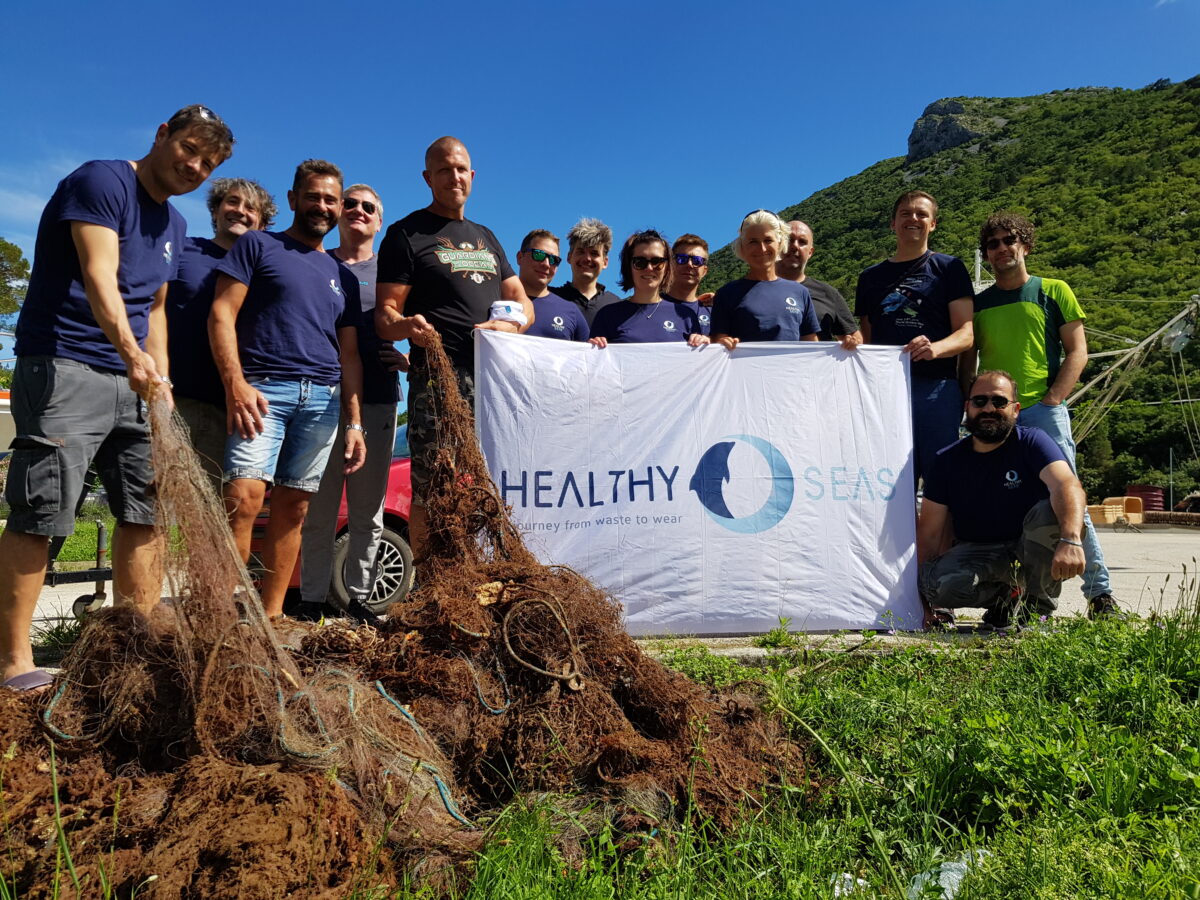
Key takeaways from the article:
- Business innovation: Entrepreneurs need to embrace change and adopt sustainable practices to address challenges like the unsustainable linear business model.
- Plastic crisis: Urgent transition to a circular economic model for plastic is crucial to mitigate the significant environmental and economic risks involved.
- Collaborative cleanup: The Healthy Seas Foundation prioritizes cleanup efforts in marine debris-heavy areas through partnerships with fishermen and volunteers.
- Educational outreach: The Foundation’s awareness campaigns highlight the impact of plastic pollution while promoting sustainable solutions like the circular economy and waste-to-wear initiatives.
Probably the most difficult aspect of a revolution is getting it started. From 1996 onward, The Oasis and many of us have been singing: „I start a revolution from my bed,“ emphasizing the importance of making small changes in our lives to transform a larger system at scale.
Yet, to revolutionize something as big and complex as an entire system, it requires not just the efforts of individuals but, more crucially, the actions of companies—the pivotal actors in the social realm seeking change and innovation.
However, when it comes to business practices, many entrepreneurs are struggling with change management.
Therefore, in 2024, starting a revolution from our beds isn’t enough. The world we live in requires more and more participation from individuals and businesses to address issues that cannot be tackled without a shared and clear strategic plan.
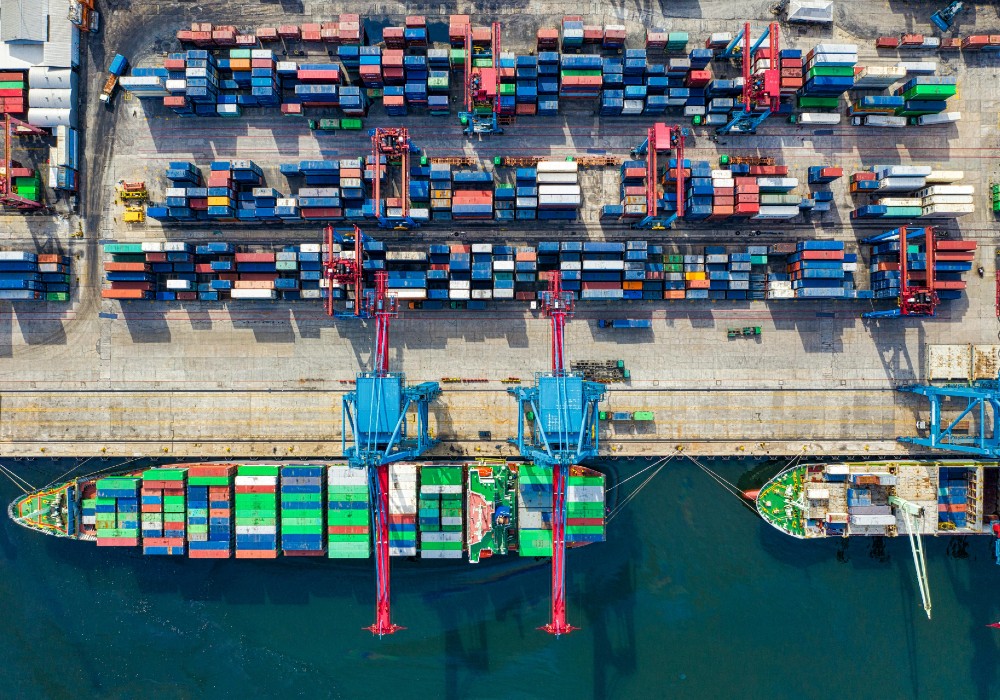
The unsustainable linear business model, abused in every industry, is one of the most pressing challenges, with some major players increasing their egoistic power even further. While it may have been the only path for growth and development at the beginning of human history, driven by a lack of technological know-how, tools, and infrastructure, today’s context is very different. In our world, this economic paradigm is no longer viable. Pollution and resource depletion are out of control, with data clearly illustrating a harsh picture of the repercussions of unsustainable behaviors, notably exemplified in the case of plastic pollution.
The impact of plastic pollution (not only on the environment)
Humans manufacture nearly 400 million metric tons of plastic each year, a weight equivalent to the entire human population, and forecasts show that this figure will only continue to rise.[1] The risks multiply due to mismanaged waste, large rain events that sweep trash into waterways, and proximity to rivers and coastal cities. The result is the constant and systemic pollution of marine ecosystems.
Furthermore, when plastic breaks down, it releases chemicals that damage marine life and may affect humans through the food chain. Recently, traces of microplastics were discovered in human blood.[2]
The repercussions extend far beyond environmental issues, with plastic pollution bearing significant economic impacts estimated at over $19 billion each year. This leads to severe consequences for industries such as fishing, tourism, and cleanup operations.[3]
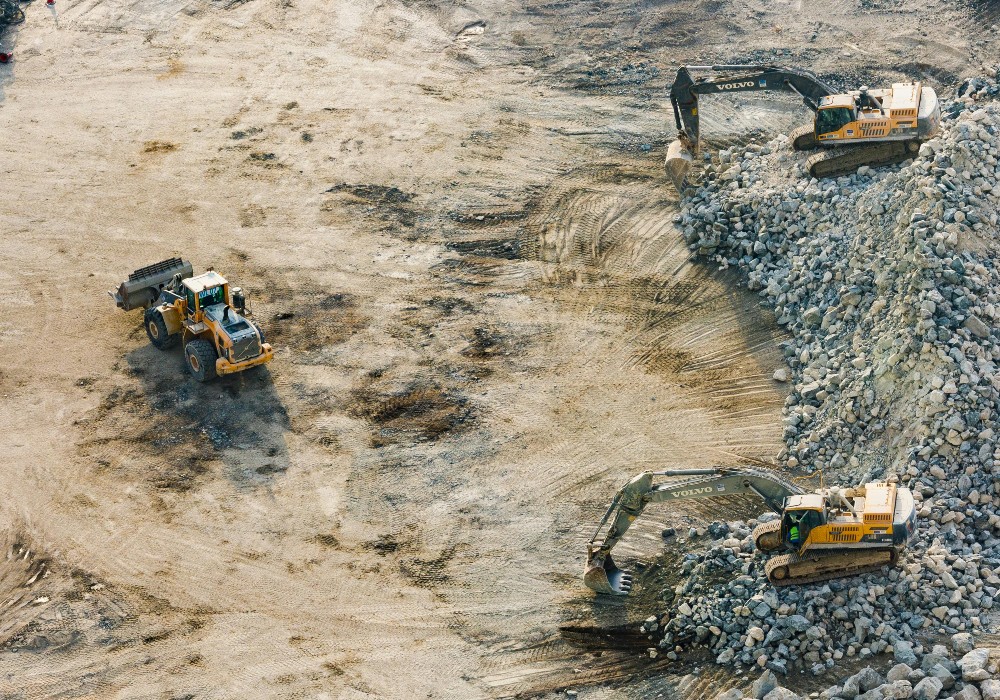
Diving into the root cause of plastic pollution
To address such a systemic issue, focusing our efforts on a single area is insufficient. Recycling initiatives, for example, while important for many reasons, are not the best way to get rid of this synthetic invader due to the loss of plastic polymer quality at each stage of the process. According to the Ellen Macarthur Foundation, we need a plastic revolution – a new method to turn a linear economic model into a circular one, giving meaning to all the waste currently degrading and invading our environment.[4]
By 2040, a circular economy has the potential to achieve remarkable results: reducing the annual volume of plastic entering our oceans by 80%, cutting greenhouse gas emissions by 25%, saving around $200 billion per year, and creating 700,000 additional jobs.[5]
To learn more about how to change your perspective on plastic waste, look for our webinar in early April. Thanks to industry professionals and the Healthy Seas Foundation, we’ll learn how to help mitigate our environmental impact. During the webinar, there will also be the possibility of winning an incredible reward.
Cleaning up businesses’ act
Revolutionizing the supply chain is a crucial investment in long-term profitability and our planet. While policymakers and businesses are slowly trying to change unsustainable habits, some corporations, NGOs, and foundations are doing whatever is in their power to limit and mitigate the negative impact of business misbehavior.
The Healthy Seas Foundation, focused on cleaning up the oceans from ghost nets and plastic waste, is one of these no-profit foundations. Their clean-up efforts don’t stop at retrieving dangerous plastic waste; they also educate people and students on the importance of preserving the environment.[6]
To better understand the issue of plastic pollution and their educational efforts, we directly asked them some questions.
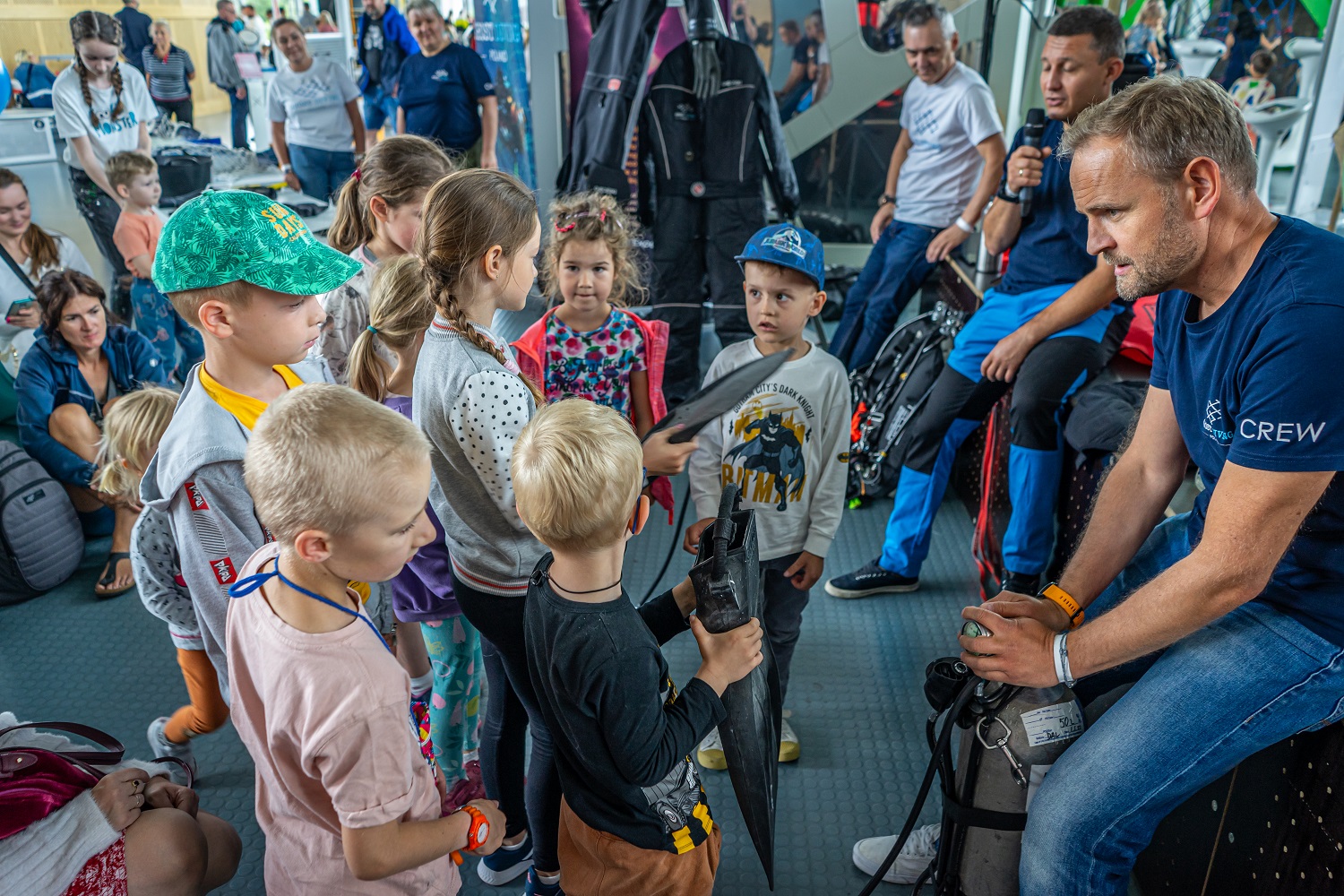
The Healthy Seas Foundation’s point of view on plastic pollution
Given the staggering amount of plastic entering our oceans annually, how does the Healthy Seas Foundation prioritize its cleanup efforts?
Our cleanup strategy is designed to have the greatest impact in marine debris-heavy areas. We prioritize our cleanup initiatives by considering regional focus, biological relevance, collaboration networks, reliable local partners, and marine debris hotspots.
We focus our efforts on 20 major nations across the four continents where we operate. To do so, we gather vital information on lost gear and abandoned fishing nets from our wide network of fishermen, ghost-diving volunteers, and waste management partners in these regions.
What are some of the most significant issues you face in removing plastic, especially fishing gear, from the marine environment?
Ghost nets and abandoned fishing gear rarely float, making them hard to identify and recover even with cutting-edge sensor equipment. In addition to that, ghost net recovery requires expertise and equipment. Even though ghost diving volunteers are skilled at underwater navigation and gear removal, these operations are dangerous and need good planning and execution.
We also noticed how challenging it is to convey the importance of such cleanup efforts. Plastic waste usually floats, and it has a stronger visual impact, also on mainstream culture, than ghost nets that are hidden underwater.[7]
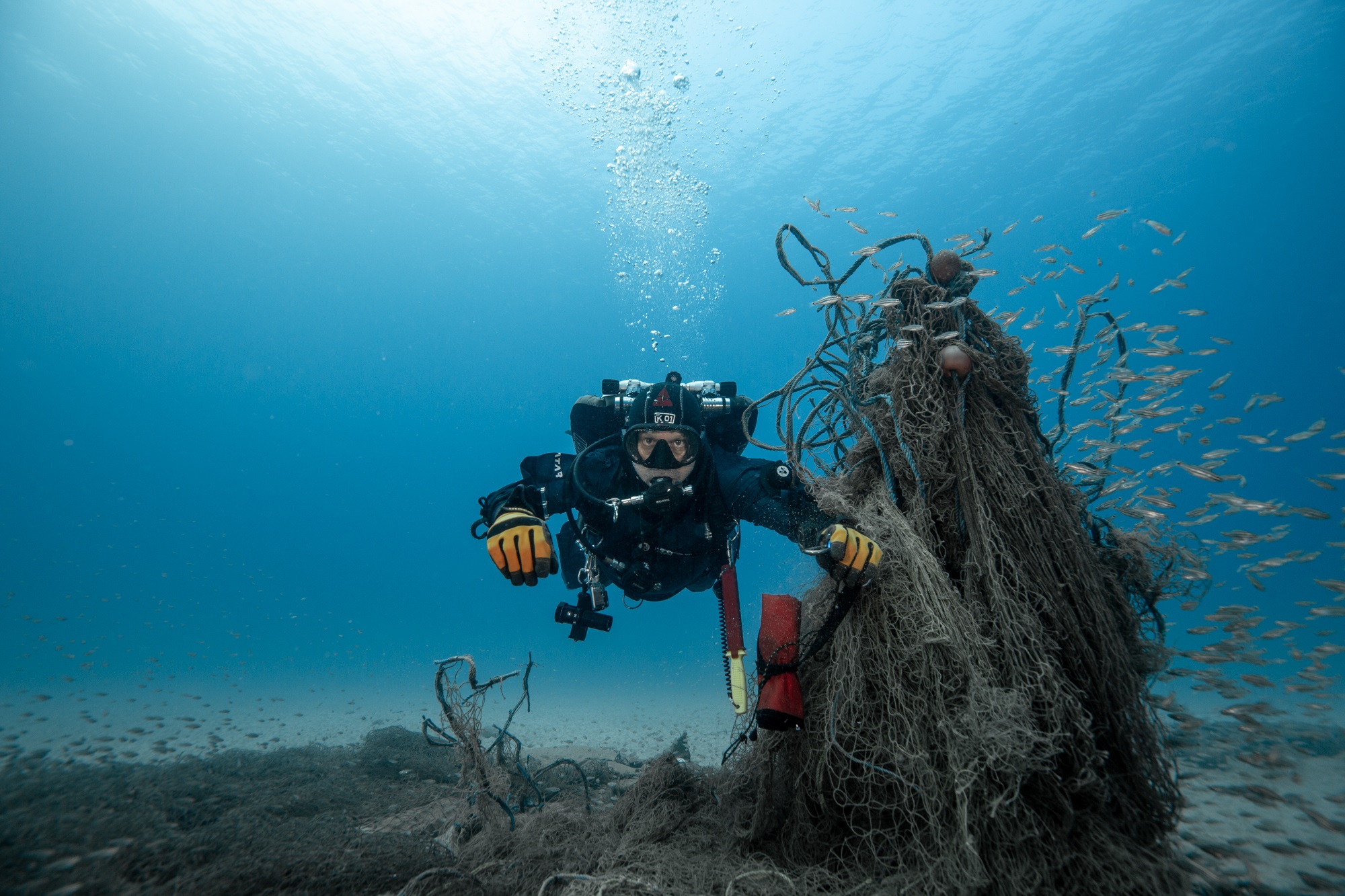
Education is a critical pillar of the Healthy Seas Foundation’s mission. Could you elaborate on how your educational programs are designed to raise awareness about the impact of plastic pollution among different audiences?
We believe that raising awareness and knowledge of plastic pollution in our oceans is crucial to our goal. Our educational activities are carefully crafted to reach various audiences and motivate marine conservation action. For example, to teach children about ghost diving, we use interactive sessions, even with virtual reality, to demonstrate the need for removing fishing nets from the ocean.
We are also focused on sharing awareness of the circular economy and how the process of waste-to-wear works. Reusing fishing nets to make bracelets, socks, and sportswear shows that more sustainable resource management is possible.
Lastly, our educational initiatives emphasize sustainability through partnerships. Our history shows how industry collaboration can reduce the impact on the environment and create value for businesses.
Speaking of partnerships, plastic pollution in the oceans is a complex problem that requires multifaceted solutions. How does Healthy Seas collaborate with other organizations, businesses, and local communities to address this issue?
We can say that we serve as a bridge between organizations, businesses, and local communities, fostering innovation to tackle this pressing environmental challenge.
One of our key collaborative initiatives involves working closely with partners who share our commitment to sustainability and ocean conservation. Two notable examples include Aquafil and Bracenet. Aquafil, a founding partner of Healthy Seas and the creator of the innovative ECONYL® regeneration system, exemplifies how industry leaders can drive positive change. Through this partnership, we supply recovered fishing nets to Aquafil, which transforms them, together with other nylon waste, into high-quality ECONYL® nylon.
Similarly, Bracenet, another valued partner, utilizes discarded fishing nets to craft bracelets and accessories while raising awareness about the origins of these materials. By repurposing fishing nets into fashionable products, Bracenet helps to amplify our message of ocean conservation and sustainability.
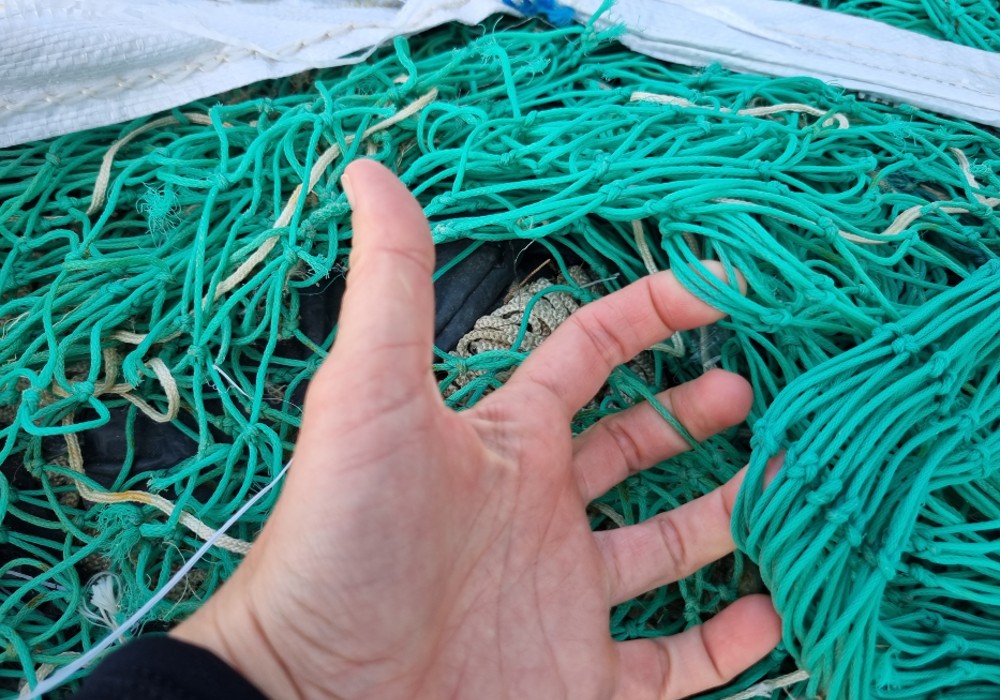
Looking forward, what new initiatives can we expect from The Healthy Seas Foundation, and how can brands and the wider public contribute to your mission of preventing further pollution from ending up in the marine environment?
One of our flagship initiatives for the upcoming year involves tackling historical shipwreck cleaning. By removing abandoned fishing gear and other debris from these historical shipwrecks, we aim to mitigate the ecological impact on marine life and habitats while preserving invaluable maritime heritage.
Additionally, we are committed to addressing the pressing issue of ghost farms, abandoned fish farms that pose significant threats to marine ecosystems, fauna, and local economies. This comprehensive project will involve extensive collaboration with the fish farming industry, regulatory bodies, and coastal communities to clean up a couple of sites and develop sustainable solutions for the responsible management and cleanup of these sites.
In terms of how brands and the wider public can contribute to our mission, there are several possibilities for involvement. Brands can support our efforts through corporate partnerships, funding of education, prevention and clean-up projects, and advocacy efforts, leveraging their influence and resources to drive positive change.
Together, we have the power to prevent further pollution from ending up in the marine environment and ensure a healthier future for our planet as a whole.
Change lies in our hands
In wrapping up, it’s clear that the plastic issue isn’t going anywhere unless we roll up our sleeves and tackle it head-on. The Healthy Seas Foundation has given us a peek into the eye-opening reality of plastic pollution and the dire need for a circular economy makeover.
Moreover, we’ve got something exciting lined up: our upcoming webinar in early April! During this exclusive appointment, thanks to the Healthy Seas Foundation, we’ll be able to discover ways to mitigate businesses’ impact on the environment.
So, mark your calendars, and let’s kickstart this revolution together. After all, the power to make a change lies in our hands.
[1] “Ocean Plastic” available at: https://theoceancleanup.com/ocean-plastic/
[2] “Microplastics found in human blood for first time” available at: https://www.theguardian.com/environment/2022/mar/24/microplastics-found-in-human-blood-for-first-time
[3] “The Impact of Plastic Pollution” available at: https://theoceancleanup.com/ocean-plastic/
[4] “A circular economy for plastic” available at: https://www.ellenmacarthurfoundation.org/topics/plastics/overview
[5] “A circular economy for plastic” available at: https://www.ellenmacarthurfoundation.org/topics/plastics/overview
[6] “Healthy Seas’ mission” available at: https://www.healthyseas.org/
[7] “The Challenges of Ghost Nets Cleanups” available at: https://www.healthyseas.org/2024/02/13/podcast-unveiling-the-hidden-depths-advancements-in-marine-litter-detection-with-manuel-arias/
Author: Tommaso Corso
Latest from the Blog
